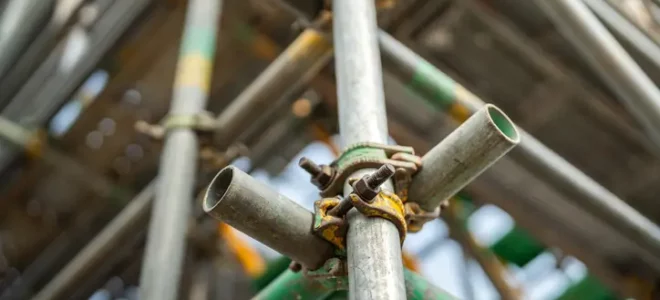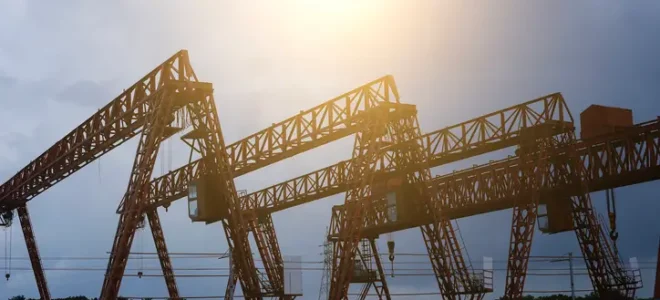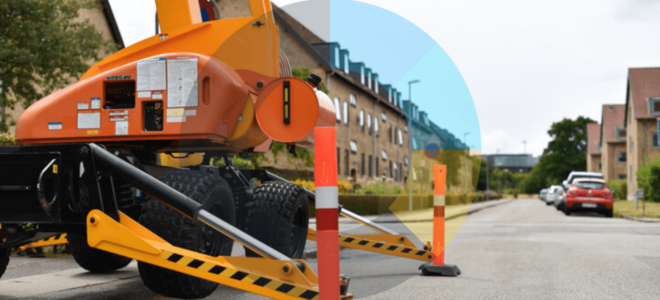
20 How to’s for Construction Work Safety
Enhance your construction work safety with these 20 essential ‘how-to’ guidelines.

Enhance your construction work safety with these 20 essential ‘how-to’ guidelines.

Studying for your OSHA certification doesn’t have to be overwhelming. Whether you’re preparing for OSHA 10 or 30-hour training, these sample questions will provide the insight and preparation you need to ace the exam and ensure compliance with workplace safety regulations. This test is based on the actual quiz you

Scaffolding is one of the components that spans many industries, including construction and maintenance, and helps workers get to elevated areas of their workplace safely. Overhead protection is essential while working with scaffolds because, if set up or used incorrectly, it can result in dangerous falls. OSHA (Occupational Safety and

Overhead and gantry cranes play a vital role in industrial and construction settings, allowing workers to move heavy loads with ease and efficiency. However, the use of these cranes introduces specific hazards that, if not properly managed, can lead to serious accidents, injuries, and even fatalities. Understanding the common hazards


Mobile Elevating Work Platforms (MEWPs) are essential tools in various industries, enabling workers to perform tasks at height safely and efficiently. However, they come with inherent risks that must be managed to ensure worker safety. MEWP and common MEWP hazards Before exploring MEWP hazards and safety measures, it’s crucial to

Crystalline Silica is a common mineral found in various materials used in construction and mining. Its omnipresence in these industries poses significant health risks to workers. The prevalence of silica exposure and its devastating health impacts make it a critical issue in workplace safety. This article delves into the hidden

OSHA or Occupational Safety and Health Administration is responsible for ensuring workplaces are secure in various industries. Now, the safety this organization oversees isn’t from any imminent danger, but rather from occupational hazards—hence the name. Now, when OSHA was commissioned in 1972, workplace incidents averaged around 10.9 workers per 100.
